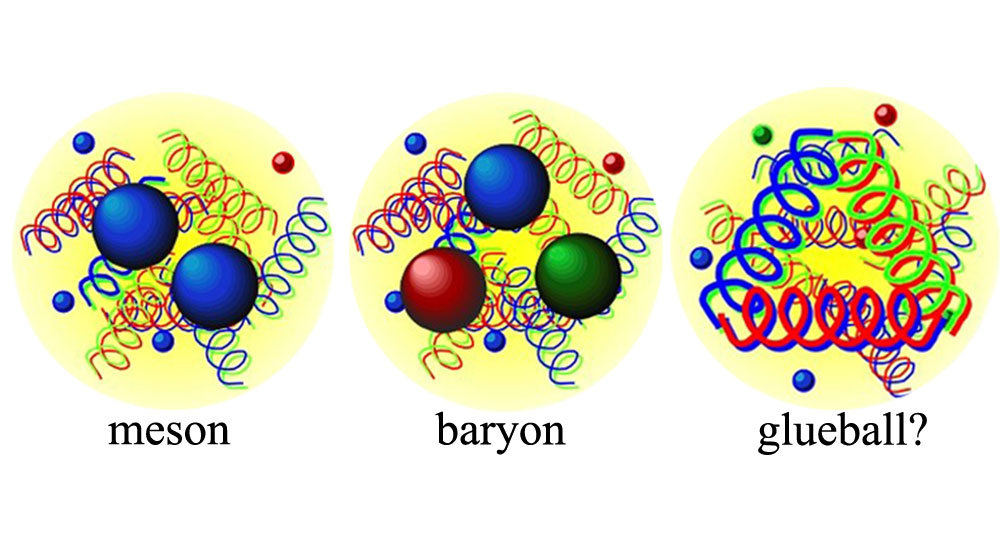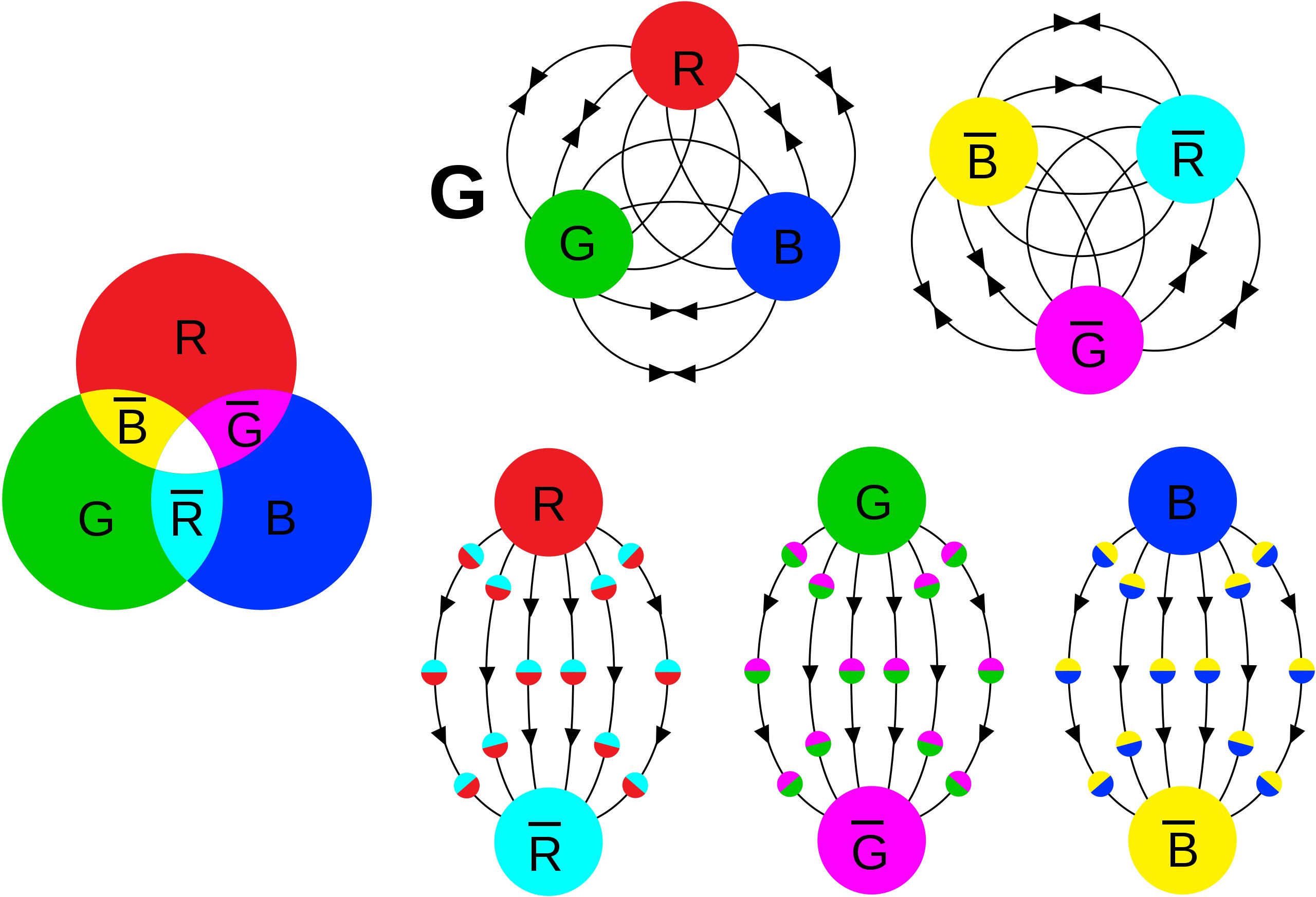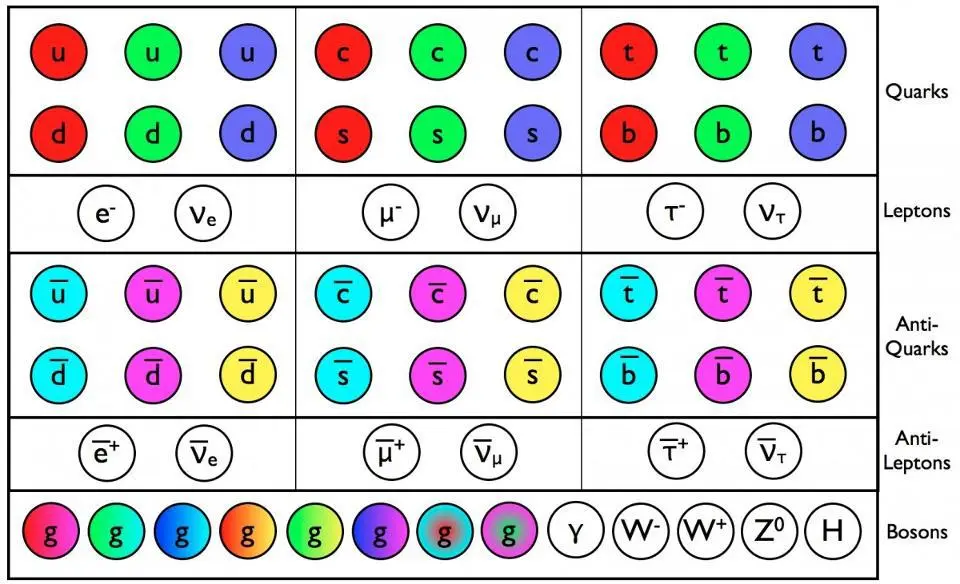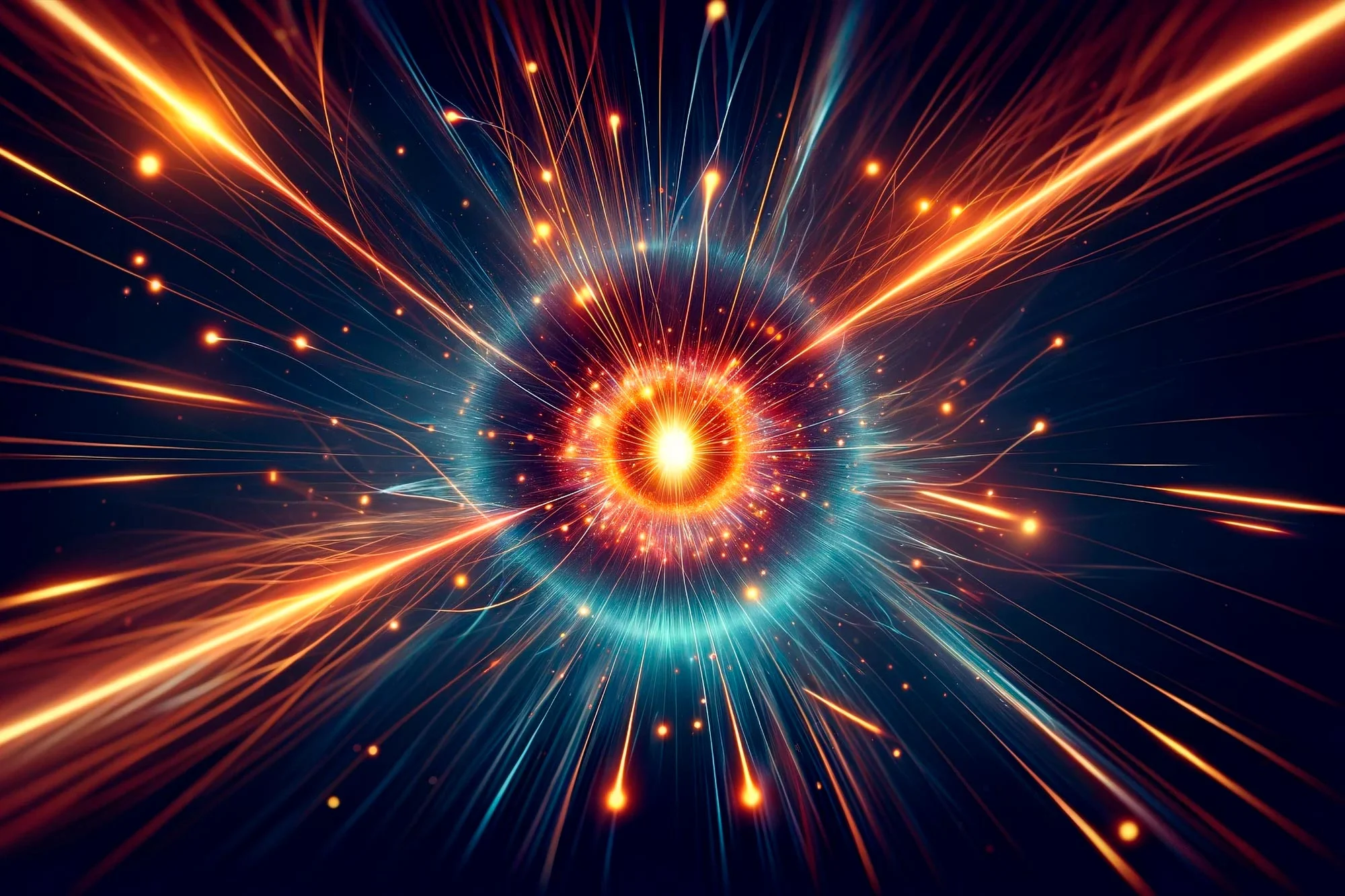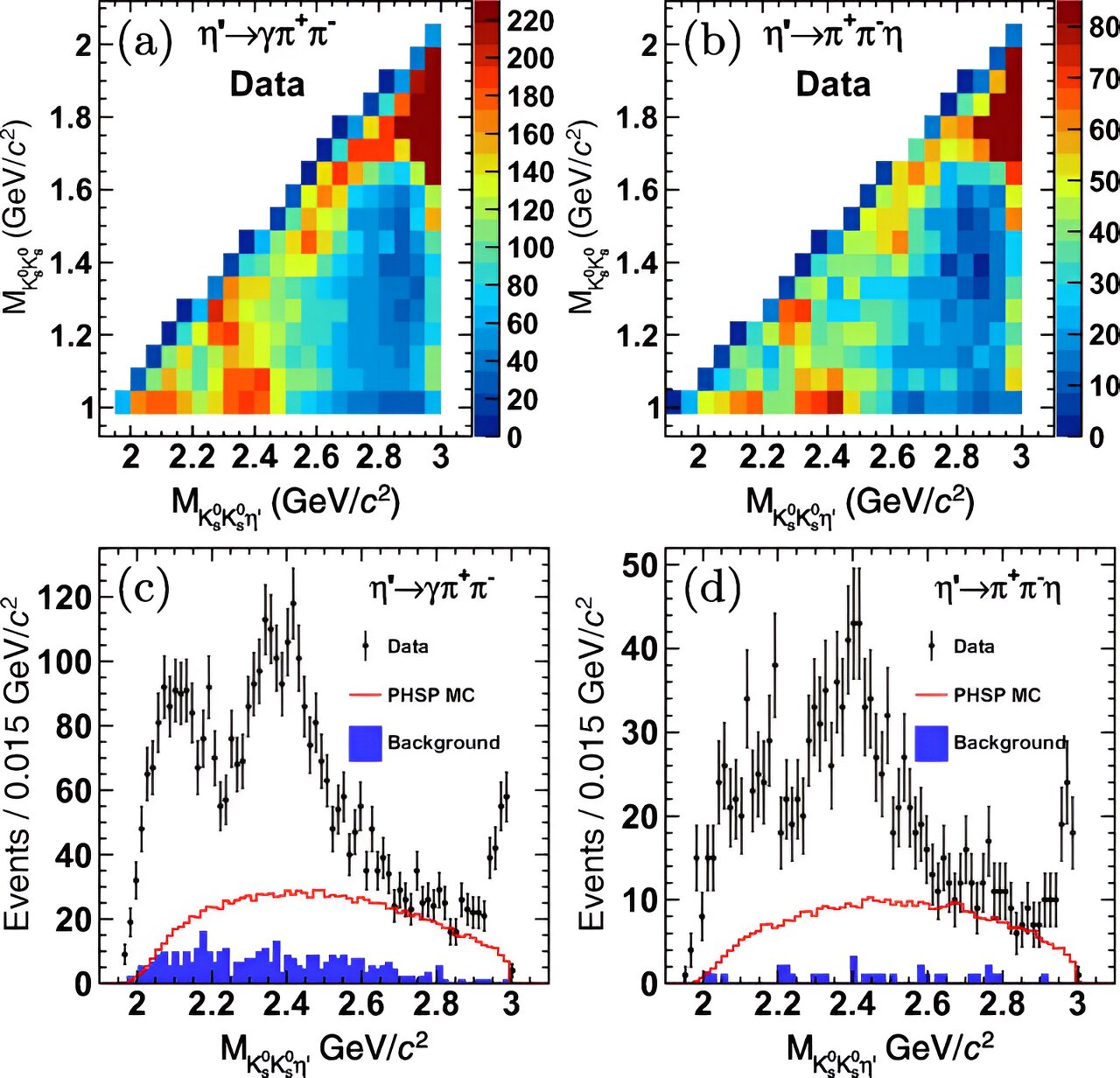
In a groundbreaking discovery, physicists from various institutions have announced the possible detection of glueballs, elusive particles made entirely of gluons. The findings come from the Beijing Spectrometer III (BES III) experiment at the Beijing Electron-Positron Collider in China.
Glueballs are theoretical states that have long intrigued physicists due to their unique composition. Unlike other particles, which consist of quarks and antiquarks, glueballs are made up solely of gluons - the force-carrying particles responsible for the strong nuclear force that binds quarks together.
The researchers analyzed data from over 10 billion J/ψ meson decays recorded by BES III. They identified a new particle, X(2370), which exhibits no electric charge, odd parity, and a mass within the predicted range for the lightest glueball state.
The findings align remarkably well with Lattice quantum chromodynamics (QCD) predictions. X(2370) can temporarily form when two gluons combine during the decay of a J/ψ meson.
This discovery is significant because it provides important insights into the fundamental nature of matter and the strong force that binds quarks together. It also highlights the importance of continued research in particle physics to unravel the mysteries of our universe.
The study was published in Physical Review Letters, with contributions from various institutions including BES III Collaboration, Beijing Spectrometer III, and Beijing Electron-Positron Collider.


